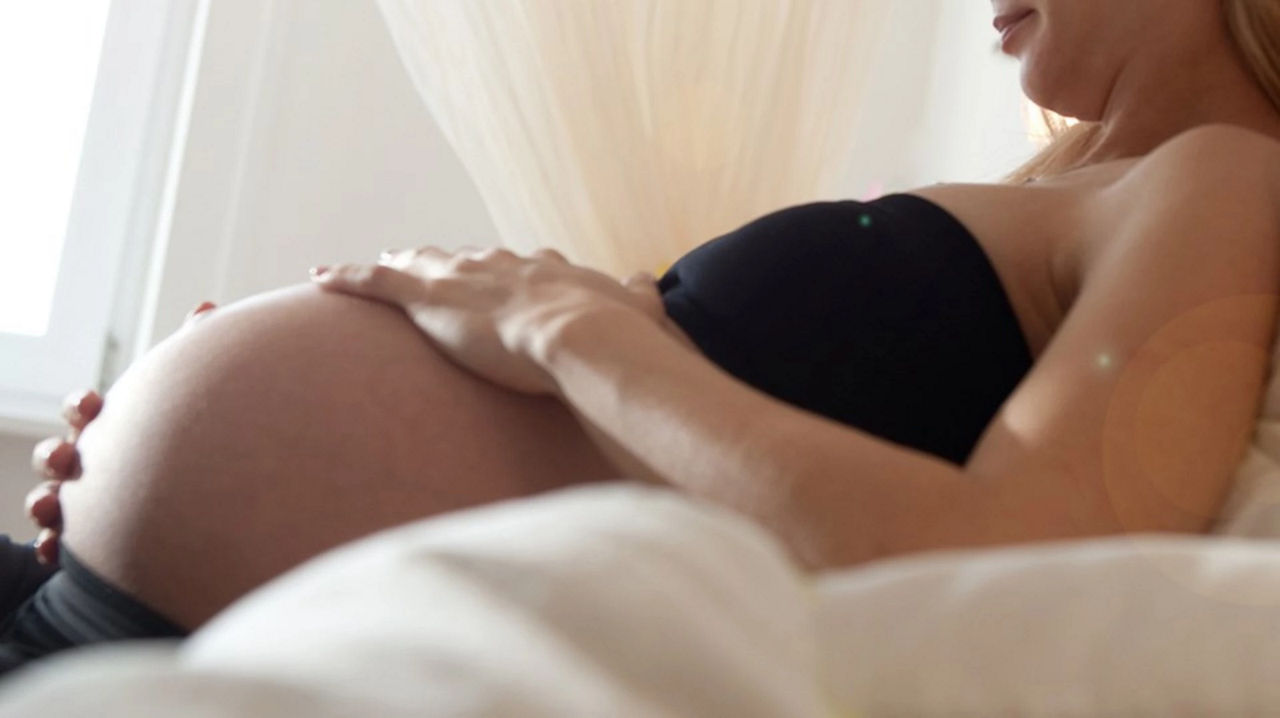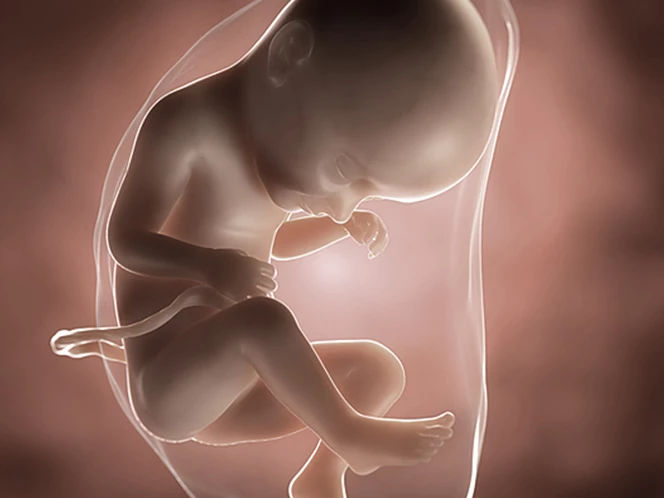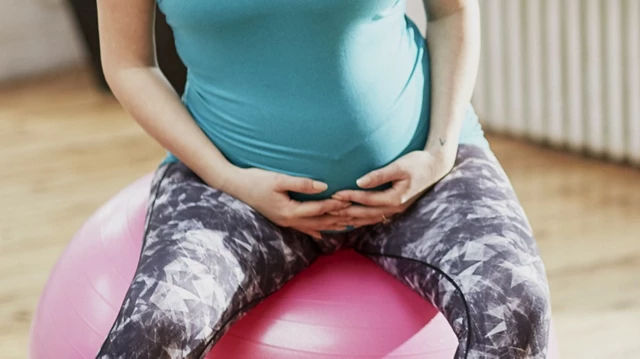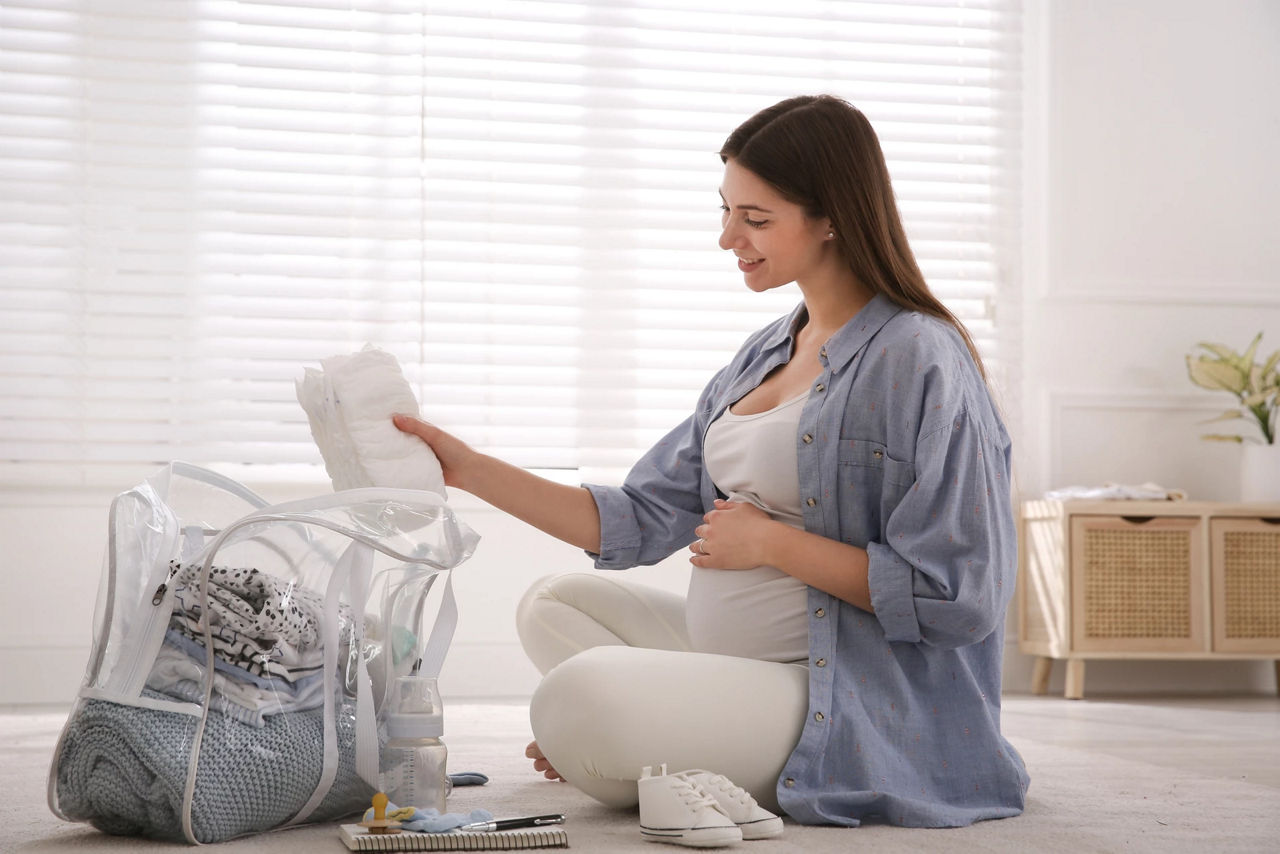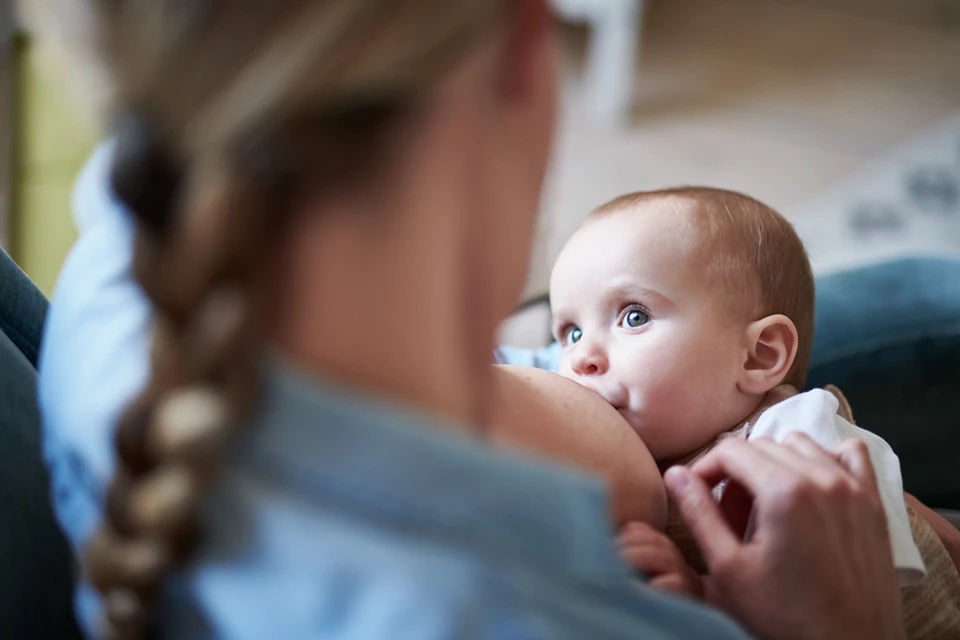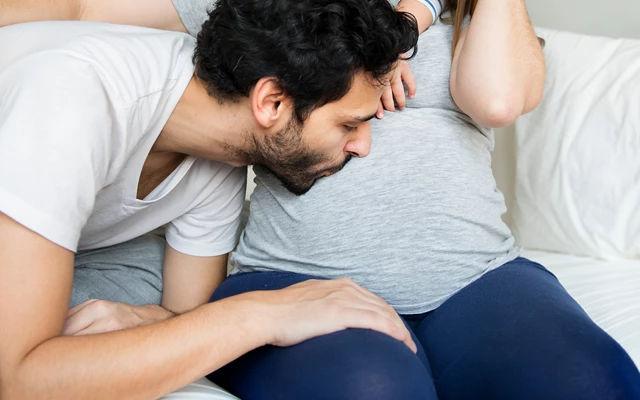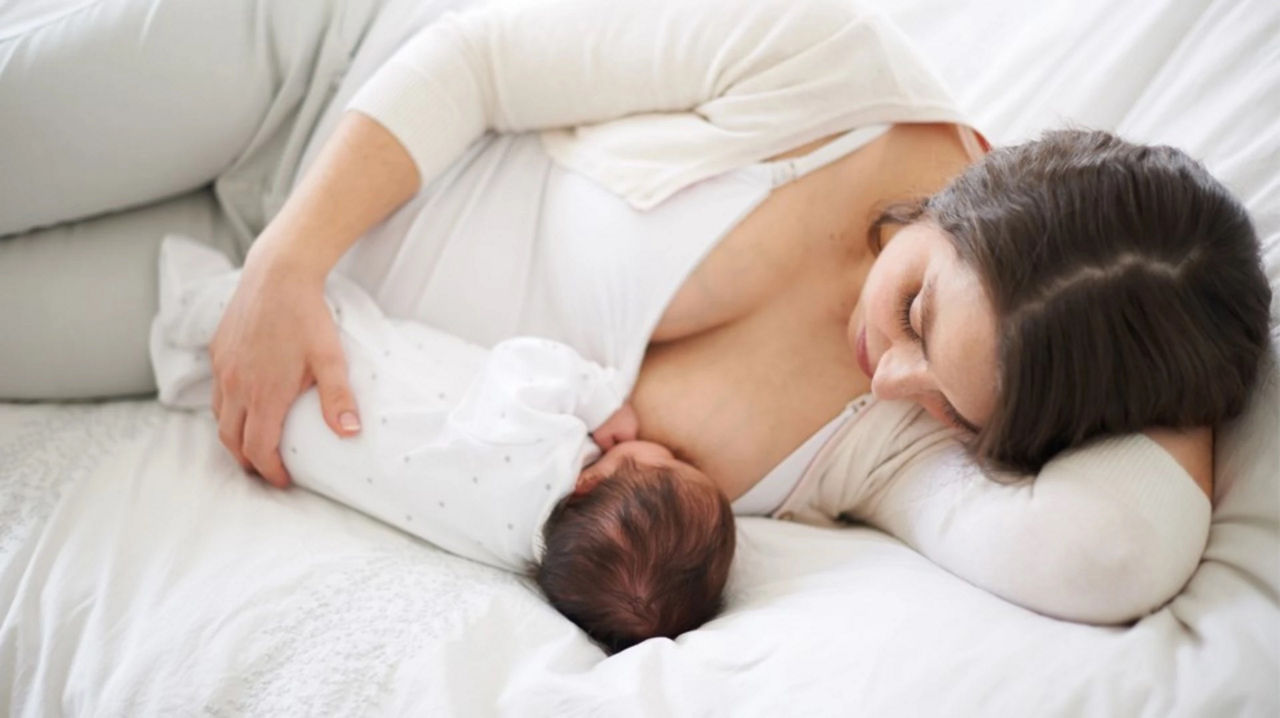Vitamin D
Vitamin D is essential during your pregnancy, as it helps to support the bones, teeth and muscles7. The NHS recommends that all pregnant and breastfeeding women take a 10mg daily supplement of vitamin D during the months of September to March. This is because the primary source of our vitamin D comes from the sunlight exposure (which triggers the skin to produce vitamin D naturally), and sunlight is in short supply during the winter months7.
If you have darker skin tones, live with obesity, or spend the majority of your day indoors, your vitamin D intake recommendation is 20-25 mcg per day8.
For a vitamin D rich healthy meal or snack, why not try sardines on toast, or a bowl of fortified, unsweetened breakfast cereal with milk? But do remember that you still need to take a vitamin D supplement every day when you’re pregnant to get all the vitamin D you and your baby need.
Iron
Not getting enough iron in your diet can leave you feeling very tired and lacking in energy7. Iron also helps both you and your baby to make the haemoglobin in red blood cells9 and supports the development of your baby’s brain10.
Some iron-rich meal ideas include:
- Hummus and wholemeal pitta slices with spinach
- Baked beans on a jacket potato (try opting for a reduced salt variety of baked beans)
- A wrap filled with cooked beef or roast beef
- A handful of dried apricots, figs or prunes
Long chain polyunsaturated fatty acid (LCPs)
DHA, a type of omega-3 fatty acid, is vital for supporting your baby’s growth in the womb, helping your baby’s brain, eyes11, and nervous system to develop12. You can learn more about the benefits of omega-3 during your pregnancy here.
Try these snacks and light meals for a nutritious boost during your day:
Remember to limit your intake of oily fish such as salmon, trout or mackerel to 2 portions per week during your pregnancy12.

